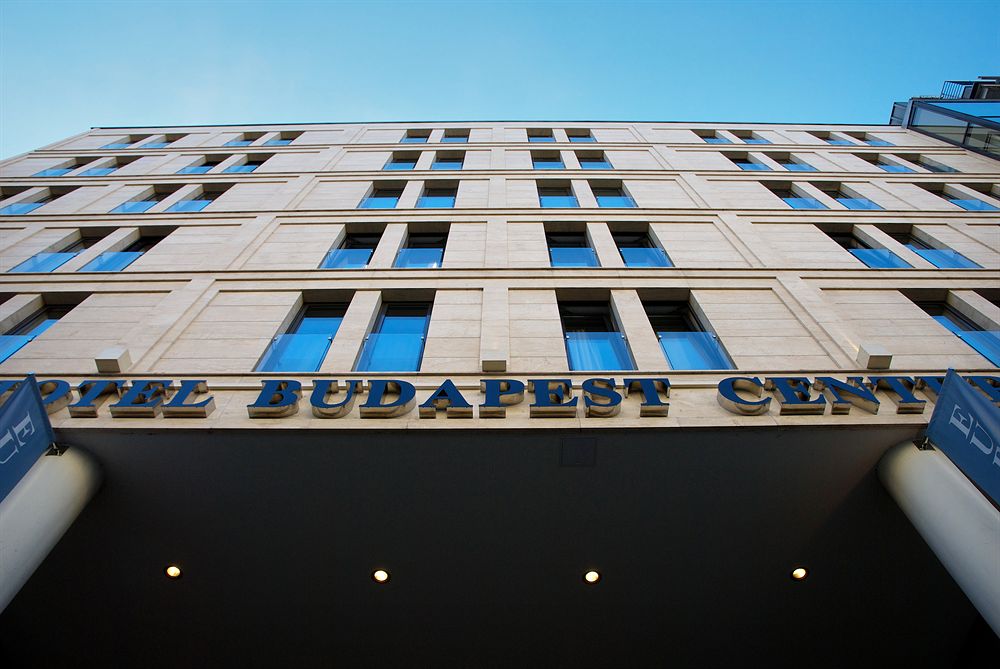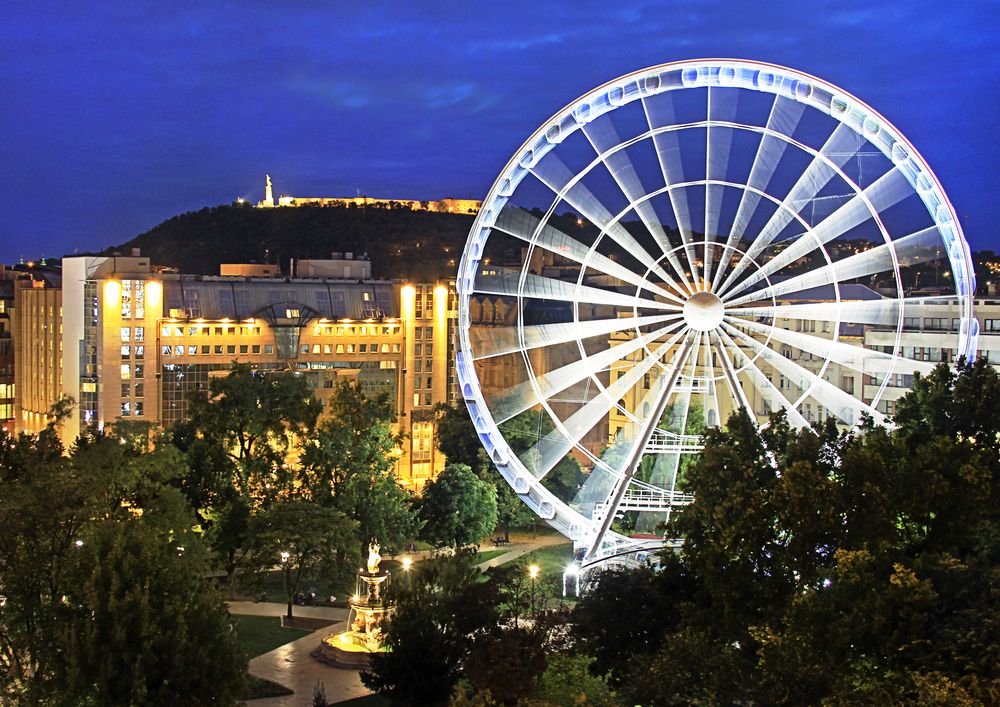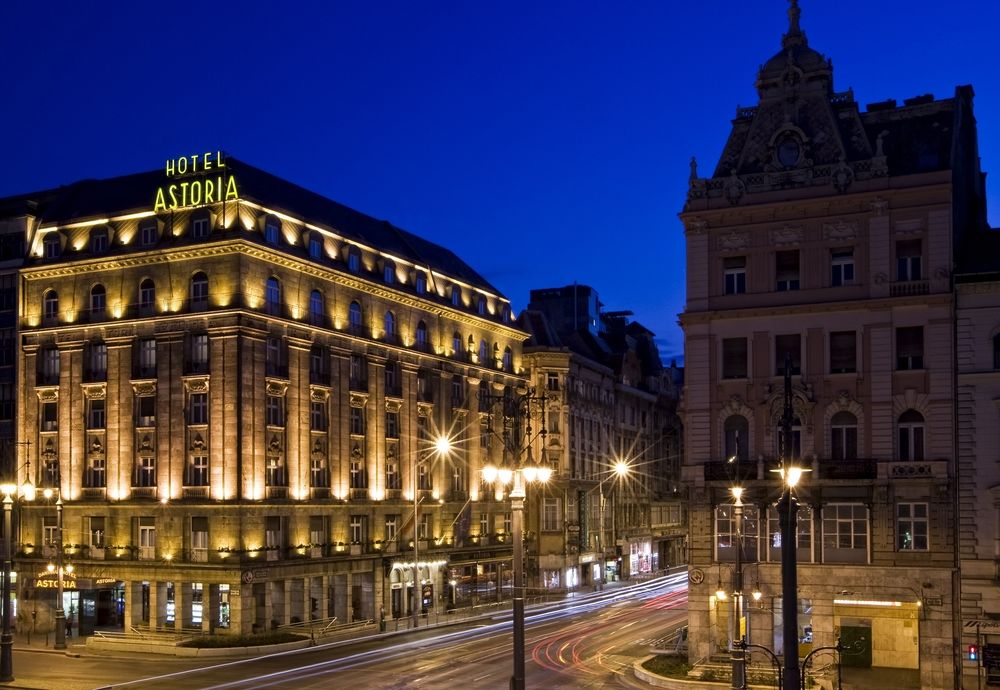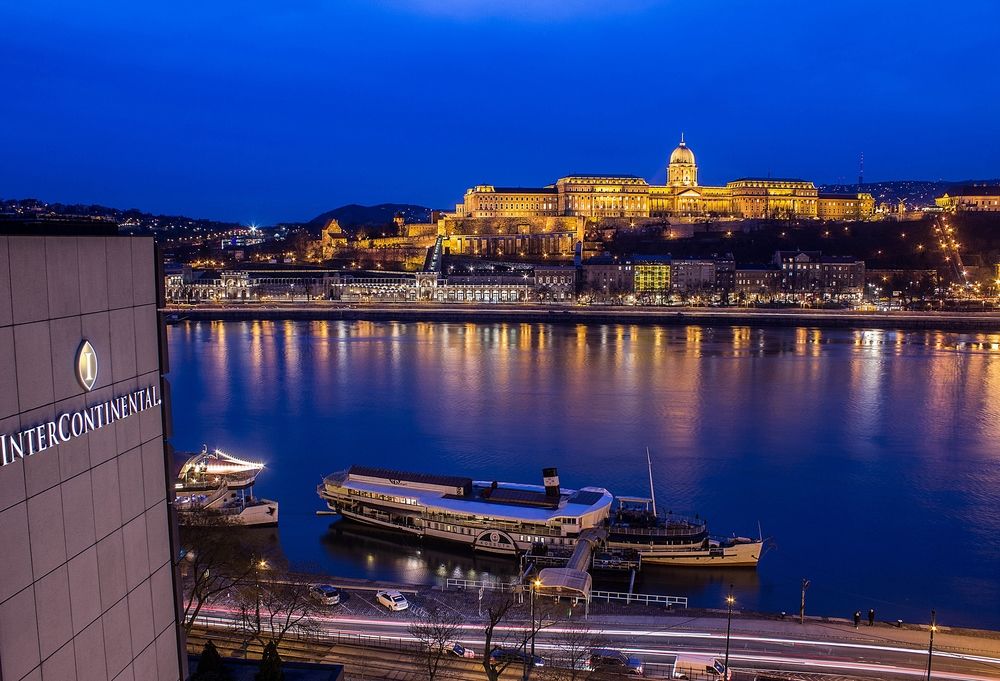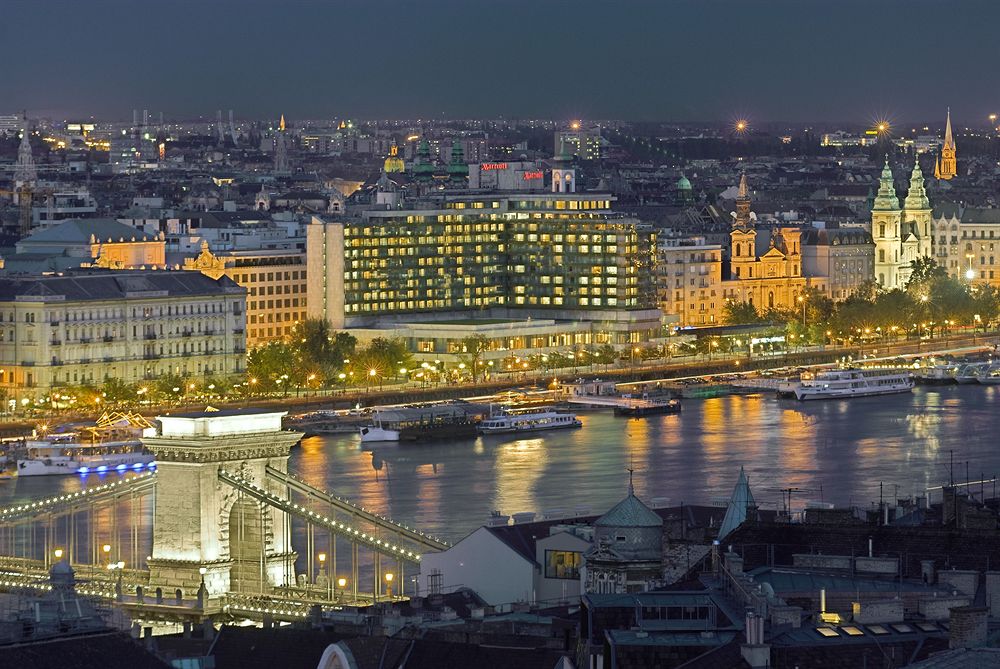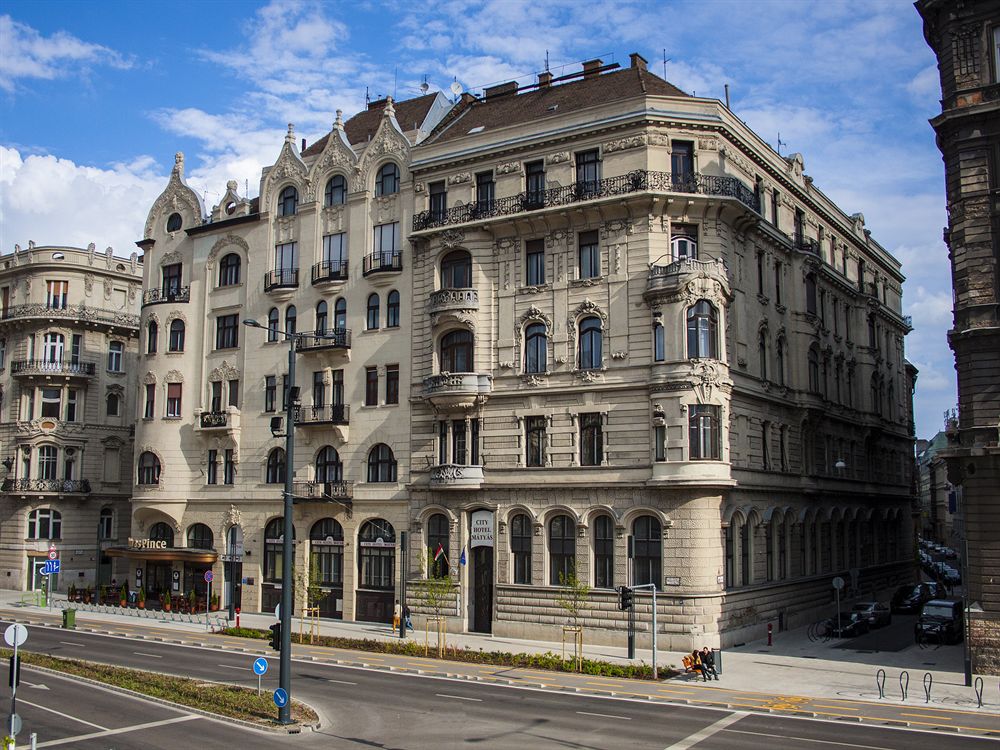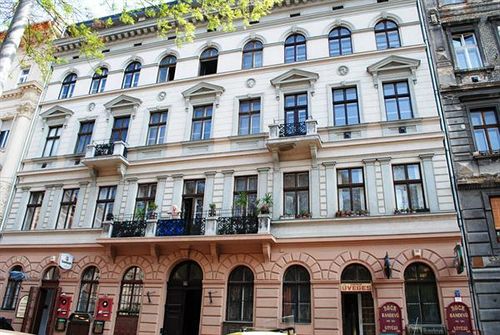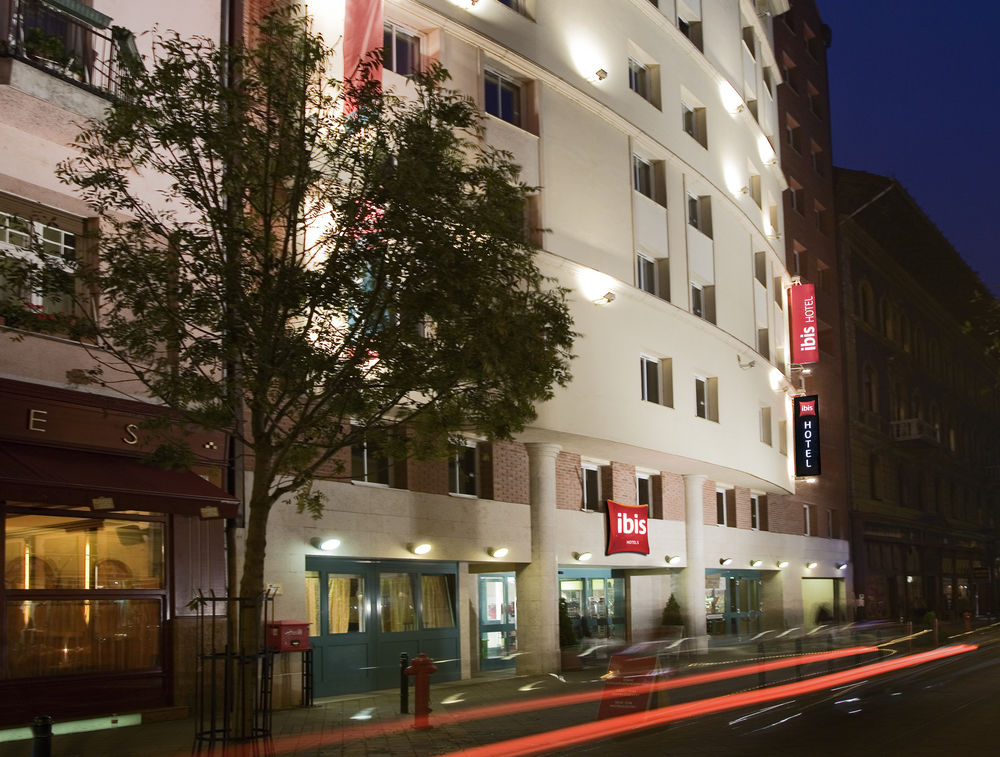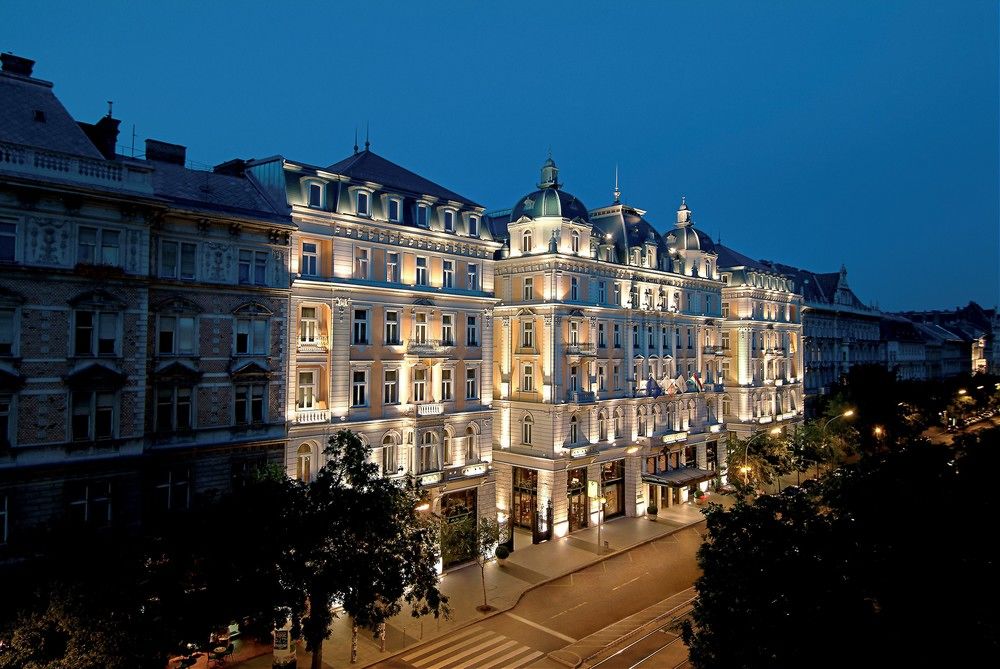
Find hotels in Budapest
Lowest prices detected by AI for hotels
Best
Cheapest
Star Ratings
AI Recommended
Best Hotels In Budapest
Cheapest Hotel Deals in Budapest
Top Rated Hotels
5 Star Hotels in Budapest
4 Star Hotels in Budapest
3 Star Hotels in Budapest
AI-recommended Destinations
Where to stay in Budapest
More About Budapest
“A pearl of the Donau, a city of Europe's Top three”
Budapest is the capital and the most populous city of Hungary, and the tenth-largest city in the European Union by population within city limits. The city had an estimated population of 1,752,704 in 2016 distributed over a land area of about 525 square kilometres (203 square miles). Budapest is both a city and county, and forms the centre of the Budapest metropolitan area, which has an area of 7,626 square kilometres (2,944 square miles) and a population of 3,303,786, comprising 33 percent of the population of Hungary.The history of the city began when an early Celtic settlement transformed into a Roman town of Aquincum, the capital of Lower Pannonia. The Hungarians arrived in the territory in the late 9th century. By the 11th century, Buda and Óbuda (Old Buda) became the names of their settlements on the west bank of the river Danube, with a formerly Slavic and then German settlement Pest on the opposite side. The area was pillaged by the Mongols in 1241. The Battle of Mohács in 1526 was followed by nearly 150 years of Ottoman rule. After the reconquest of Buda in 1686, the region entered a new age of prosperity. Pest-Buda became a global city with the unification of Buda, Óbuda, and Pest on November 17, 1873, with the name 'Budapest' given to the new capital. Budapest also became the co-capital of the Austro-Hungarian Empire, a great power that dissolved in 1918, following World War I. The city was the focal point of the Hungarian Revolution of 1848, the Battle of Budapest in 1945, and the Hungarian Revolution of 1956.Budapest is a Beta+ global city with strengths in commerce, finance, media, art, fashion, research, technology, education, and entertainment. It is Hungary's financial centre and the highest ranked Central and Eastern European city on Innovation Cities Top 100 index, as well ranked as the second fastest-developing urban economy in Europe. Budapest is host to many major international organization's regional offices, including the United Nations and I
 Time UTC+02
Time UTC+02 Currency HUF
Currency HUF Languages Magyar
Languages MagyarWhat’s Special about Staypia?
Compare hotel prices in real-time
AI finds you the lowest price for hotels in Budapest.
Lowest price for 3.16M hotels worldwide
Book with up to 31% extra discounts only for Staypia members.
Travel bucket list for Budapest
Plan your trip with over 17K 'must see' recommendations for Budapest
Frequently Asked Questions
The best hotels in Budapest are Corinthia Hotel Budapest, Danubius Hotel Gellert, Exe Budapest Center.
The best 5 star hotels in Budapest are Corinthia Hotel Budapest, Sofitel Budapest Chain Bridge, Kempinski Hotel Corvinus Budapest. Search for the most highly rated hotels in Budapest
The most highly rated hotels in Budapest are Corinthia Hotel Budapest, Exe Budapest Center, Continental Hotel Budapest.
Generally, room reservations are subject to a free refund until the cancellation deadline. Fees may apply after the cancellation deadline, so please check the cancellation deadline on your hotel voucher or in Menu > My Reservation.
If you’re a frequent traveler, Staypia is the best place to get the best hotel deals. You can book hotels with the lowest price of 3.16 million hotels collected by AI, and receive additional discounts for members only.
